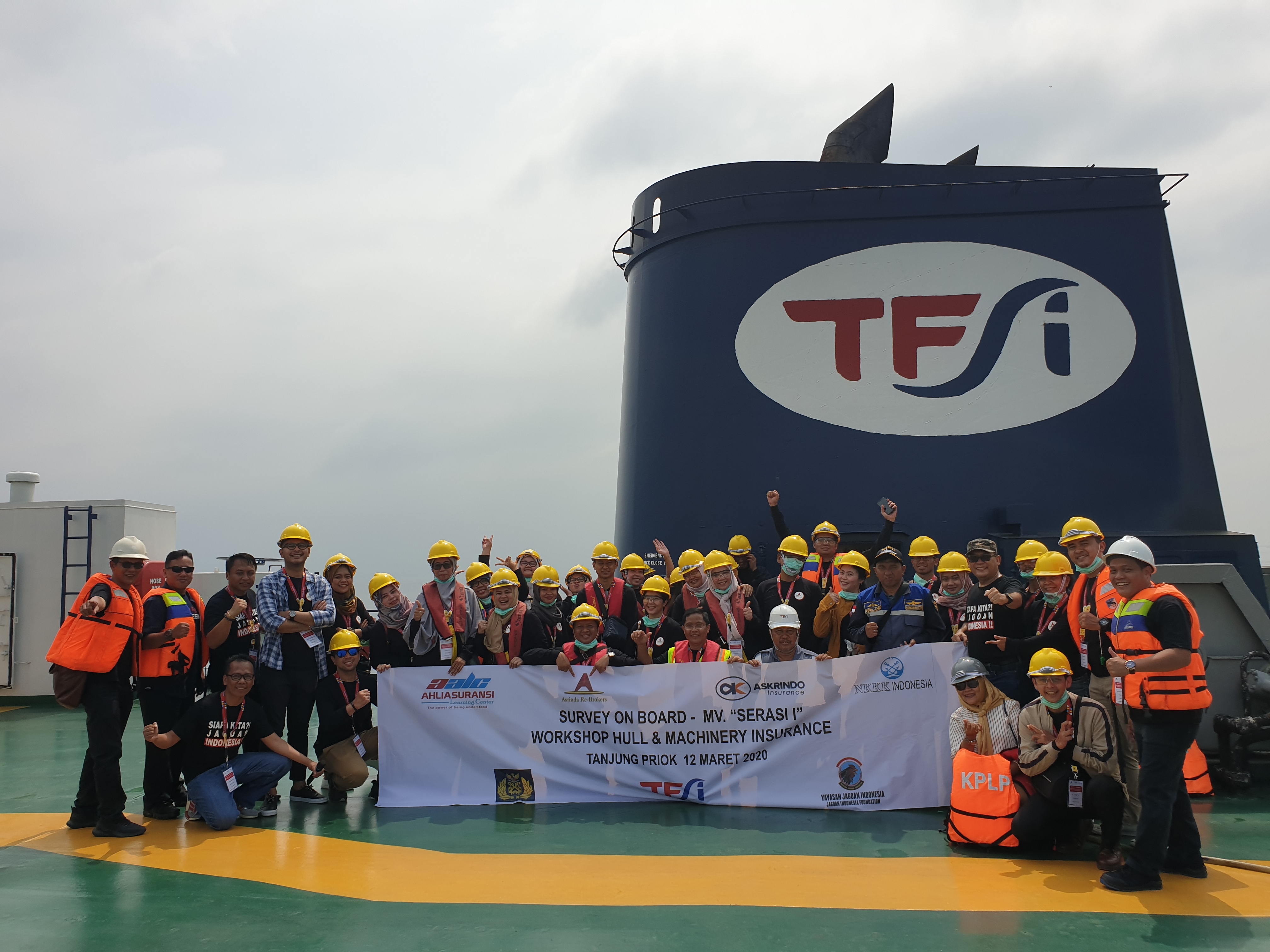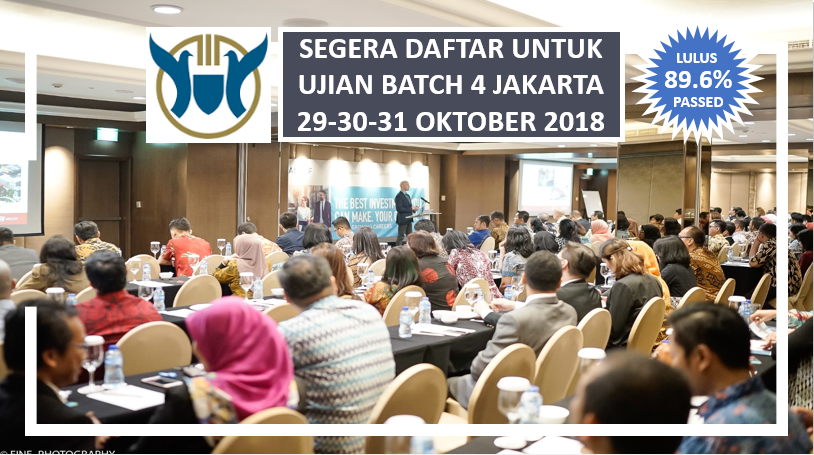Containers & Loss Prevention of Goods in Containers
- Thursday, January 28, 2010, 13:32
- Marine Cargo
- Add a comment
Types of Containers
There are many and varied types of Containers which have been specifically designed for specialised jobs. Below and on the next few pages are descriptions of some of those more frequently used containers.
Ø General Purpose
Ø Open Top
Ø Flat Rack
Ø Insulated
Ø Refrigerated
Ø Bulk
Ø Open Sided
Ø Bolster
Ø Tank-tainer
Benefits of Using Containers
Ø Avoid Pilferage, seawater
Ø Reduces rough handling
Ø Separates Risks
Ø Eliminates sympathetic damage
Ø Quicker and more expedient
Ø Less paper for the shipper
Disadvantages of Using Containers
Ø Chances of Total Loss
Ø Improper stowage within the container
Ø Deterioration of cargo – water damage losses
Ø Contamination from previous cargo
Ø Inadequate port facility for loading and unloading
Ø Loss in transit not as easily detected
Ø Average age of containers is increasing leading to their deterioration
Types of Losses Within Containers
Ø Theft / Shortage
Ø Contamination from other goods (sympathetic damage)
Ø Shifting and crushing
Ø Condensation
Ø Water damage
Ø Loss over-board
Ø Lack of ventilation (condensation, sweating, mould)
Loss Prevention of Goods in Containers
Before Shipment
Ø Inspect the right container, is it used for the right commodity, be sure it works
Ø Ensure proper stowage and securing of goods within
Ø If possible, FCL for our Insured (to avoid non-compatible goods)
Ø Carry out survey of container
Ø Carrier of the container has the right kind of transport for the job
Ø Proper locking and sealing
Ø Use accredited shippers
Ø Avoid transhipment
During Shipment
Ø On Refrigerated containers, doing rounds of inspection to ensure in working order. Same for general containers.
Ø Check seals and locks.
Ø Container and Seal numbers are the same as the delivery receipt.
Upon Arrival
Ø Discharge as soon as possible
Ø Check condition of seal and contents (Do not give a clean receipt signature)
Ø If damaged get joint survey and lodge claim against the carrier if possible and protest in all cases.
Ø Record defects on Delivery Receipt.
Ø Look for evidence of tampering.
Source: Marine Cargo Book – QBE
IMAM MUSJAB – 08128079130
About the Author
Write a Comment
Gravatars are small images that can show your personality. You can get your gravatar for free today!




